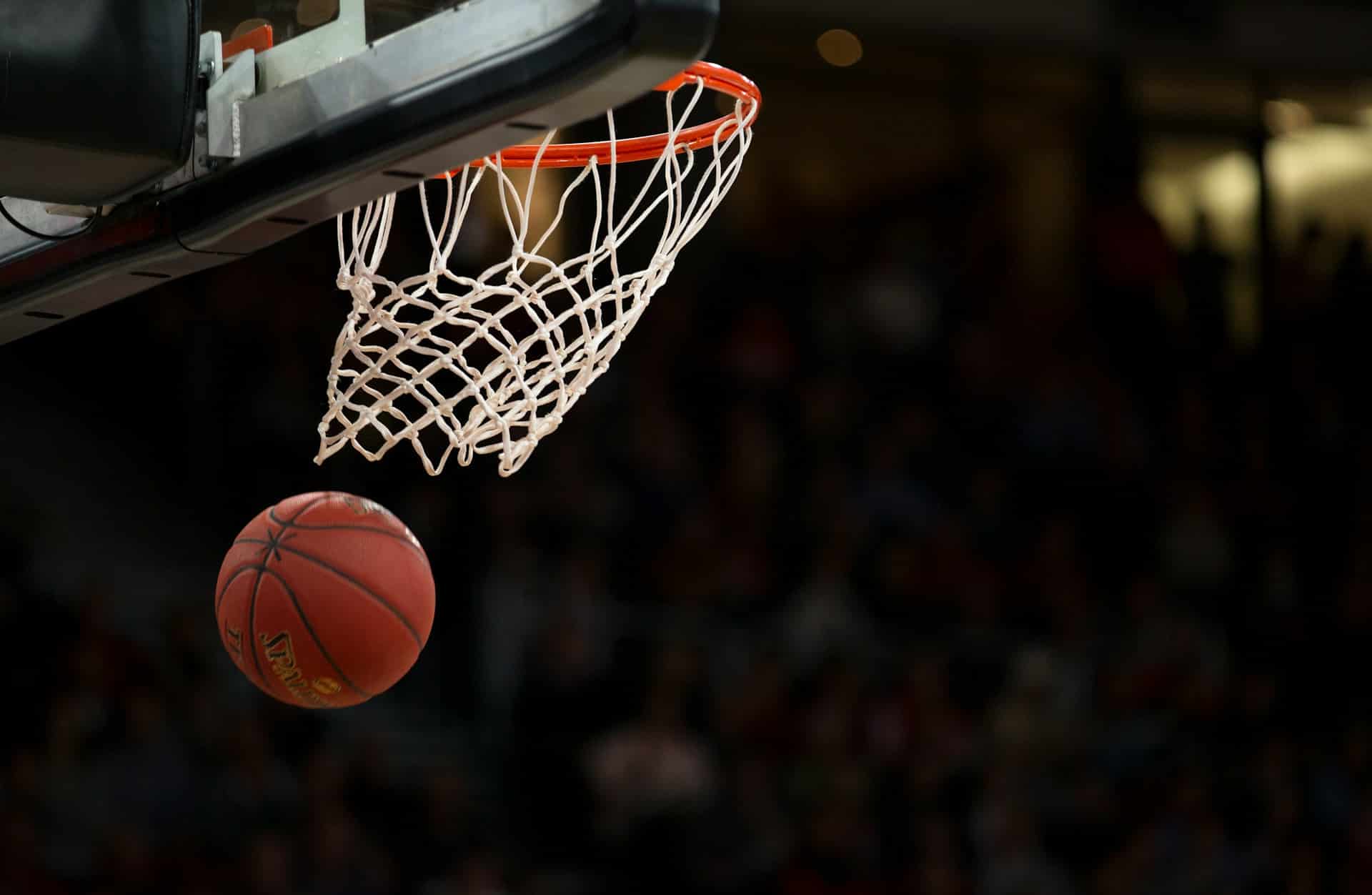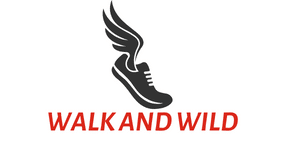What’s the Best Strategy for Developing First Step Quickness in Basketball Guards?

As any committed basketball player or coach will know, the first step is one of the most important aspects of the game. It is that initial burst of speed that can make the difference between a player successfully driving to the basket or being stopped in their tracks. This skill is especially critical for guards, who need to be quick on their feet to outmaneuver their opponents. But how do players improve their first step quickness? What’s the best strategy? This article will delve into the most effective training techniques and drills to help basketball guards enhance their speed and performance on the court.
The Importance of Strength Training
Before we dive into specific drills, it’s essential to understand the role of strength training in improving first step quickness. Basketball is a sport that requires a significant amount of physical strength. As a guard, your lower body strength is particularly important for generating the power needed for that explosive first step.
Lire également : How to Use Wearable Tech to Optimize Training Loads in Competitive Rowing?
Strength training exercises that target the legs and core are therefore crucial. Squats, lunges, and deadlifts are all excellent for building leg strength. For the core, consider exercises like planks and Russian twists. These exercises not only strengthen the muscles but also help improve stability and balance, which are vital for maintaining control of the ball while moving quickly.
In addition to these strength training exercises, plyometric exercises – like box jumps and depth jumps – can also be beneficial. These exercises help increase power and explosiveness, which are key for a quick first step.
En parallèle : How Can Elevation Masks Simulate Altitude Training for Mountain Bikers?
Focusing on Agility and Quickness
Once strength training is established in your routine, the next step is to incorporate agility and quickness drills. Agility is the ability to change direction quickly and efficiently, while quickness refers to the ability to move swiftly in one direction. Both of these skills are incredibly valuable to guards, who often have to navigate through tight spaces and around multiple opponents.
There are several drills that can help improve agility and quickness. Ladder drills, for example, are a popular choice among many players. These drills involve moving in and out of a ladder as quickly as possible, which helps improve foot speed and agility. The Zig-Zag Drill, on the other hand, focuses on changing direction quickly. In this drill, players dribble the ball down the court in a zig-zag pattern, changing direction whenever they reach a cone. This drill not only improves agility and quickness but also helps improve ball handling skills.
Ball Handling and Position Training
Even the quickest first step won’t be useful if you can’t control the ball. As such, ball handling is another critical aspect of training for guards. Good ball handling skills allow a player to maintain control of the ball while moving at high speeds, making it easier to take that first explosive step without losing the ball.
There are numerous drills that can help improve ball handling skills. The Figure 8 Drill, for example, involves dribbling the ball in a figure eight pattern around your legs as quickly as possible. This drill not only improves ball handling skills but also enhances hand-eye coordination.
Position training is also important. As a guard, you need to understand where you need to be on the court at all times. Training that focuses on positioning can help you understand when and where to take that first step to be most effective.
Incorporating Game Speed Drills
To truly improve your first step quickness, it’s important to practice at game speed. Game speed drills involve simulating game-like situations and practicing your first step in these scenarios. These types of drills help you get a feel for how quickly you’ll need to move in an actual game.
One popular game speed drill is the Attack Drill. In this drill, a player starts at the top of the key, takes a first step towards the basket, and then tries to get past a defender to make a layup. This drill not only helps improve first step quickness but also allows players to practice driving to the basket.
Utilizing Video Analysis
In today’s digital age, video analysis has become an essential tool for athletes looking to improve their skills. By recording your training sessions, you can review your first step in detail and identify areas for improvement. You can see whether you’re generating enough power, if your footwork is correct, and if your positioning is optimal. This kind of feedback can be invaluable in helping you refine your technique and enhance your first step quickness.
In summary, developing first step quickness in basketball guards involves a combination of strength training, agility and quickness drills, ball handling, position training, game speed drills, and video analysis. By incorporating these elements into your training routine, you are well on your way to becoming a faster, more efficient guard on the basketball court.
The Essentials of High School Training
The best time to start developing and enhancing first step quickness is during high school years. It’s the time when players begin to establish their own style of play and their physical bodies are still developing. This makes it the perfect time to focus on key drills and exercises that will help build the crucial skills needed in basketball.
For those at school, introducing strength conditioning that focuses on the lower body and core muscles can be exceptionally beneficial. Coaches should integrate exercises like squats, broad jumps, and lunges into regular training sessions. Plyometric training can also be introduced at this stage. These exercises are designed to produce fast and powerful movements which will increase the player’s first step quickness.
Another essential aspect of school training is the development of ball handling skills. It’s not enough to be quick; a good point guard must also be able to control the ball while performing that explosive first step. High school is an ideal time to work on these skills. Drills like the Figure 8 Drill can greatly improve a player’s ability to control the ball while also enhancing hand-eye coordination.
Moreover, high school training sessions should include game speed drills. Simulating game-like situations will help young players understand the speed and agility needed during an actual game. The Attack Drill, for instance, is an effective game speed drill that allows players to practice their first step towards the basket while trying to outplay a defender.
Making Use of Technology and Sports News
In a world where technology is increasingly becoming a part of our daily lives, it would be remiss not to incorporate it into training sessions. Video analysis, in particular, has been a game changer in the world of sports performance. By recording training sessions, players and coaches can review performances in detail and pinpoint the areas that need improvement.
Moreover, keeping abreast of sports news can provide valuable insights into the training techniques being employed by successful basketball players and teams. Reading about or watching videos of the training methods of top point guards can provide inspiration and practical tips that can be incorporated into your own regime.
Additionally, following sports performance news can keep you updated on the latest advances in training methodologies and equipment. These updates can be invaluable in refining your own training regime and ensuring it remains cutting edge.
Conclusion
Developing first step quickness in basketball guards is not a one-day affair. It requires a well-thought-out training routine that combines strength conditioning, agility and quickness drills, ball handling, position training, and game speed drills. In addition, it’s worth investing time and effort into learning from top basketball players and coaches through sports news and using video analysis technology to improve your technique. By consistently focusing on these areas, a player can not only improve their first step quickness but also their overall performance on the court. Remember, the journey of becoming a faster, more efficient guard starts with a single, quick first step.
